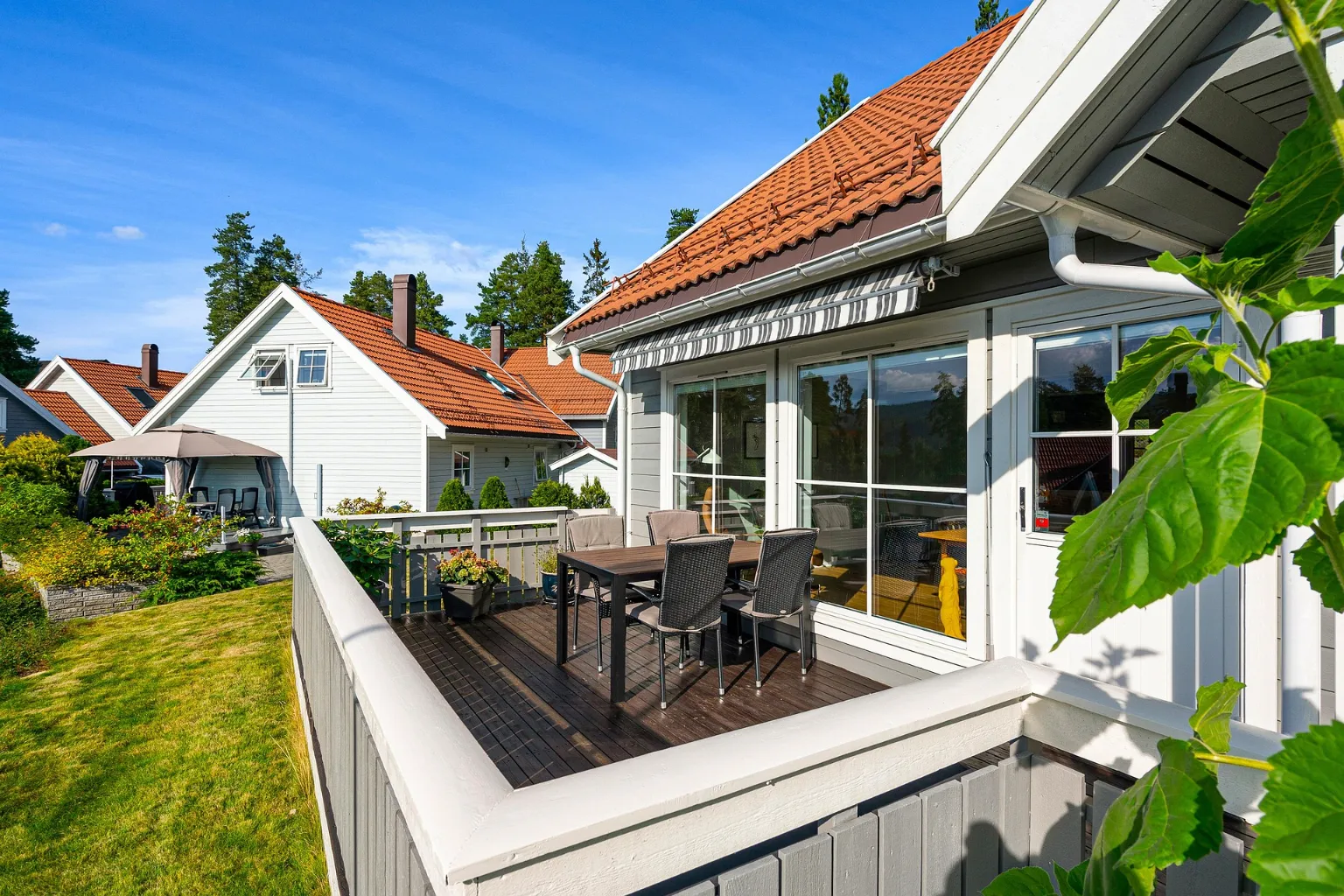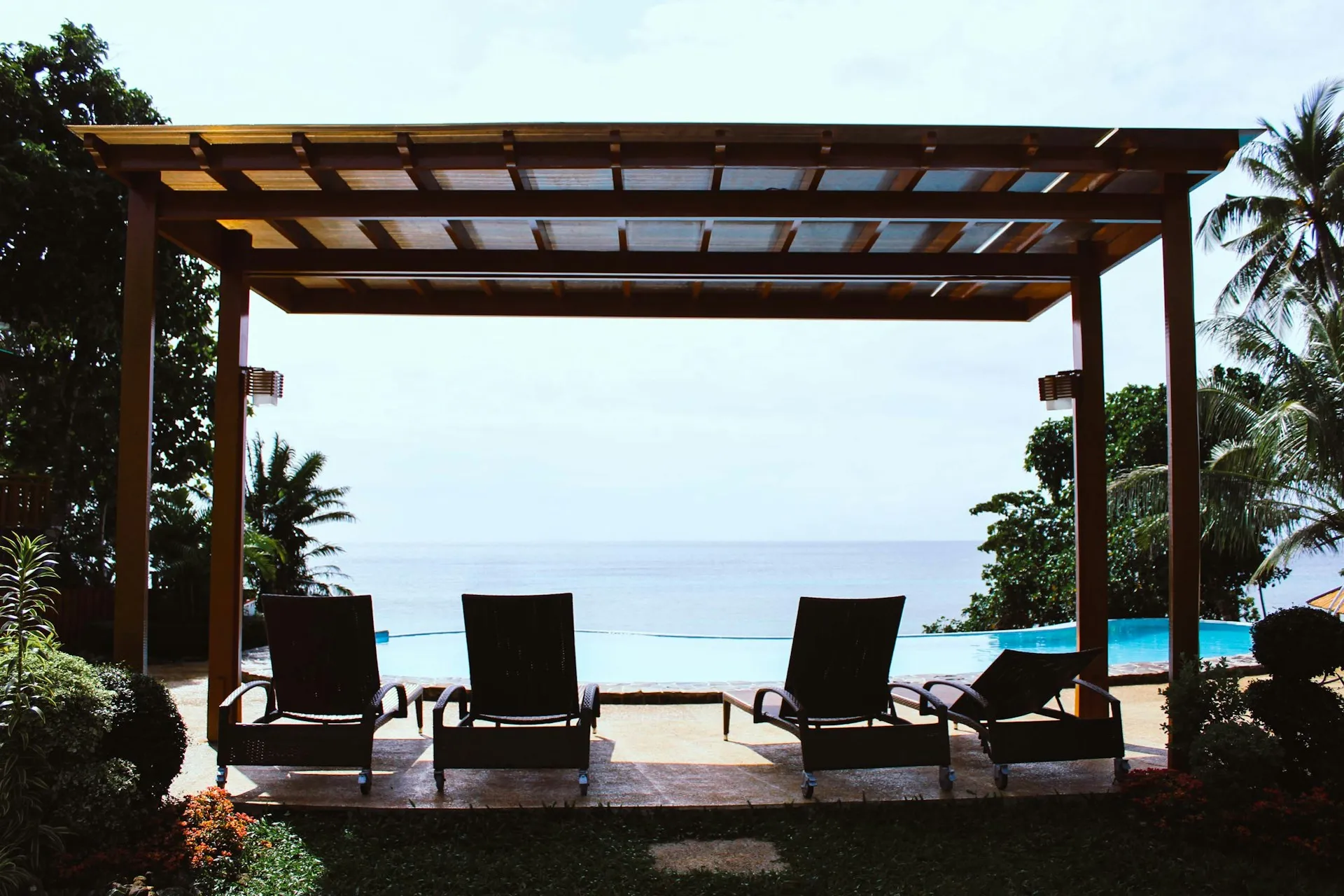When summer arrives, and the sun beats down, one concern often arises for homeowners considering or already using composite decking: does composite decking get hot? This is a valid question, especially for those who love to walk barefoot on their decks or have children and pets who enjoy outdoor play. In this article, we’ll explore how composite decking handles heat, compare it with other materials, and offer practical tips to keep your deck cool and comfortable all season long.
Does Composite Decking Get Hot in the Sun?
Yes, composite decking can get hot in direct sunlight—just like wood, concrete, or any other dense outdoor material. However, how hot it gets can depend on several factors, such as the color of the decking, material composition, and exposure to sunlight.

Composite decking is made from a blend of wood fibers and plastic. These materials can absorb and retain heat, especially darker-colored boards. Lighter colors tend to reflect sunlight better and stay cooler to the touch.
Composite Decking vs. Wood and Other Materials
To put it into perspective, let’s compare how composite decking performs in terms of heat with other common decking materials:
1. Wood Decking
Traditional wood decking (like pressure-treated pine or cedar) can also become hot under the sun. However, wood tends to cool down faster than plastic-based composites. That said, wood comes with higher maintenance requirements and a shorter lifespan.
2. PVC (100% Plastic) Decking
PVC decking typically retains more heat than WPC (Wood-Plastic Composite) boards. Since PVC is entirely plastic, it can get noticeably hotter and be uncomfortable to walk on barefoot during peak sunlight hours.
3. Concrete or Stone Patios
Surfaces like concrete or stone may stay cooler in shaded areas but can become blisteringly hot when fully exposed to sunlight.
4. Artificial Grass or Turf
Surprisingly, synthetic turf can also become very hot—sometimes even hotter than composite decking. Plus, it doesn’t provide the same durability or aesthetic appeal.
Factors That Affect How Hot Composite Decking Gets
Several elements can influence the surface temperature of your composite deck:
1. Color Selection
Just like clothing, dark colors absorb more heat. Choosing a light-colored composite board like beige, light grey, or whitewashed tones can significantly reduce heat absorption.
2. Board Composition and Core Technology
Not all composite decking is created equal. Some premium boards include heat-resistant technology or capped surfaces that help disperse heat more effectively.
3. Sun Exposure
A deck with full sun exposure throughout the day will naturally be warmer than one that gets partial shade. Consider your deck’s orientation and surrounding structures.
4. Airflow and Installation Method
Proper ventilation under the deck allows air to circulate and can help reduce overall heat buildup.
How to Keep Composite Decking Cool
If you’re concerned about the heat retention of your composite deck, here are some effective ways to keep it cooler:
1. Choose Lighter Colors
Opt for lighter deck board shades to reflect sunlight and keep the surface temperature lower.
2. Add Shade Structures
Install pergolas, umbrellas, awnings, or shade sails to block direct sunlight and keep your deck cooler during hot afternoons.

3. Use Outdoor Rugs or Mats
Place UV-resistant outdoor rugs or mats in high-traffic areas or where people are likely to walk barefoot. This offers protection from hot surfaces and adds style to your outdoor space.
4. Install Misting Systems or Outdoor Fans
A misting system can reduce the surrounding temperature, while fans can help circulate air and provide some relief from the heat.
5. Keep the Deck Clean
A clean surface reflects light better than one covered with dirt, leaves, or debris. Regularly sweeping and rinsing your deck can help it stay cooler.
Is Heat a Dealbreaker for Composite Decking?
While composite decking can get hot, it’s not necessarily hotter than other outdoor materials. More importantly, it offers a long list of advantages that make it a worthy investment, such as:
- Low maintenance – no sanding, staining, or sealing
- Durability – resistant to rot, mold, and insects
- Aesthetic appeal – wide range of colors and textures
- Eco-friendliness – made from recycled materials
If managing heat is a concern, strategic planning in terms of color, layout, and shade can easily solve the issue without compromising on performance or aesthetics.
Conclusion
So, does composite decking get hot? Yes—but so do many other outdoor surfaces. The key is to choose the right color, design for comfort, and take steps to minimize sun exposure. With proper planning, you can enjoy the benefits of composite decking without worrying about the heat. If you want to know more about composite decking, you can also read this full guide: Everything You Need to Know About Composite Decking.
If you want to get more insights on composite decking and eco-friendly home upgrades, visit ecobuildhome.com, where you can find useful maintenance tips, installation guides and buying guides for wood composite and sustainable materials.


